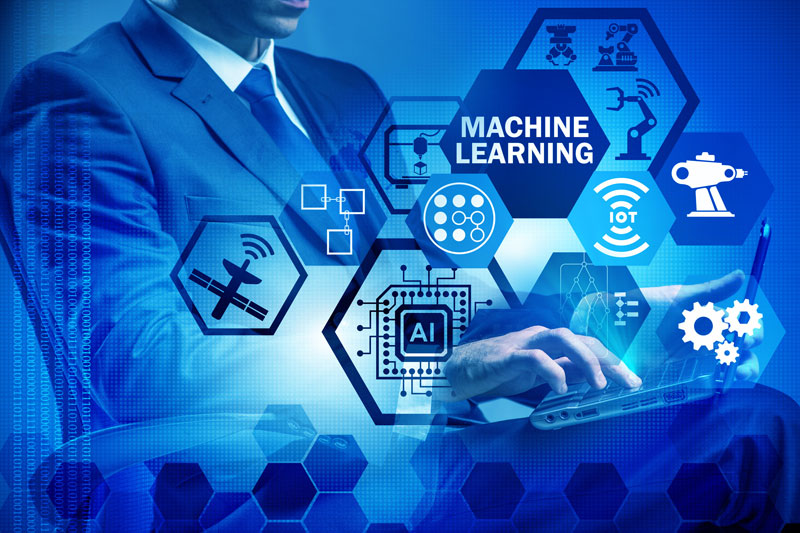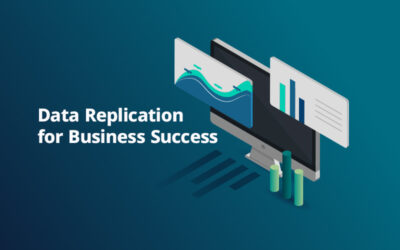In this digital era, technology is ruling the world and more people are turning tech savvy. Thus, the terms AI and ML are familiar for most people. However, many are mistaken that both are the same. But these are different technologies. Machine Learning or ML is the subset of Artificial Intelligence or AI.
Artificial Intelligence or AI is a branch of technology that involves creating intelligent systems that can mimic human actions. Machine Learning or ML is the subfield of AI which enables the machine to learn from the past data and generate results accordingly. As the chance for the occurrence of error is limited or even nil, many industries are attracted towards these technologies. Experienced business process outsourcing companies can help you apply such technologies effectively in your business.
Artificial Intelligence or AI
Artificial Intelligence or AI is a branch of computer science designed to learn and perform tasks by mimicking human actions with better efficiency. It trains computers to perform better than humans. AI does not require pre-programming as it utilizes algorithms to work with their own intelligence.
The term Artificial Intelligence is the combination of artificial and intelligence, which makes it explicit that the intelligence is made artificially. People tend to summarize AI as robots performing their tasks. However, this technology is more than that. Today, they are part of day-to-day activities. For example, Google map is a user-friendly mobile application that navigates you to the destination you want to go by providing relevant information related to traffic or routes and timings of buses or metros. Thus, today a large section of the society relies upon Google Maps for this purpose.
However, no one realizes that the working principle of Google map is AI. Apart from Google map, other areas where AI is implemented successfully are Siri, Google’s Alpha Go and more.AI is classified into three categories such as:
- Artificial Narrow Intelligence (ANI) or Weak AI
- Artificial General Intelligence (AGI) or General AI
- Artificial Super Intelligence (ASI) or Strong AI
Among these, people are currently working with ANI or Weak AI and AGI or General AI. But according to the scientists, ASI or Strong AI is the future of AI which can replace humans completely in every part of the world. The features of AI include:
- Imitate human intelligence
- Eliminate tedious tasks
- Data in-take
- Cloud computing
The subsets of AI are Machine Learning, Deep Language, Natural Language Processing, robotics and so forth.
Machine Learning or ML
In one word, Machine Learning or ML is about extracting the information from existing data. It prepares the computer system to predict or take decisions based on the history of data without a clear programming. It utilizes a large amount of structured and semi-structured data which supports Machine Learning to generate accurate results from the existing data.
It works on the algorithm which has the ability to learn its own historical data. However, it works only for specific domain. Deep Language algorithms are working across the system. Like AI, machine learning also categorized into different types:
- Supervised learning
- Unsupervised learning
- Reinforcement learning
The features of ML include:
- Automating repetitive tasks
- Similarity with IoT
- Data analysis accuracy
- Promoting business intelligence
Difference Between AI and ML
| Artificial Intelligence (AI) | Machine Learning (ML) |
| Enables machines to imitate human behavior | Subset of AI which generates results by analyzing past data without clear programming |
| Produces smart computer system which is more efficient than human to solve complex problems | Allows data to produce accurate result by analyzing the history of data |
| ML and Deep Learning are the two subsets | Deep learning is the major subset |
| Wide range of scope | Limited scope |
| The intelligent system can perform complex tasks | Can do only specific tasks for which they are trained |
| Concern about maximizing the chance for success | Concern about accuracy and pattern |
| Siri, chatbots, online game playing, robots and so on are the main applications | Google search algorithms, Facebook auto friend tagging suggestions and so on are the main applications |
| Includes learning, reasoning and self-correction | Only learning and self-correction when a new data introduced |
| Deals with structured, semi-structured and unstructured data | Deals with structured and semi-structured data |
AI or Artificial Intelligence is the future face of technology. It has a wider scope for development in the near future. ML is one of the subsets of AI. Both technologies have their own positives and negatives. However, as AI is a latest technology with improved features, it can surpass the negatives of ML.
An increasing number of organizations have started adopting these technologies and they are showing interest in incorporating them in their business. Providers of business process outsourcing service also make use of these technologies to carry out various outsourcing processes more quickly and efficiently.




